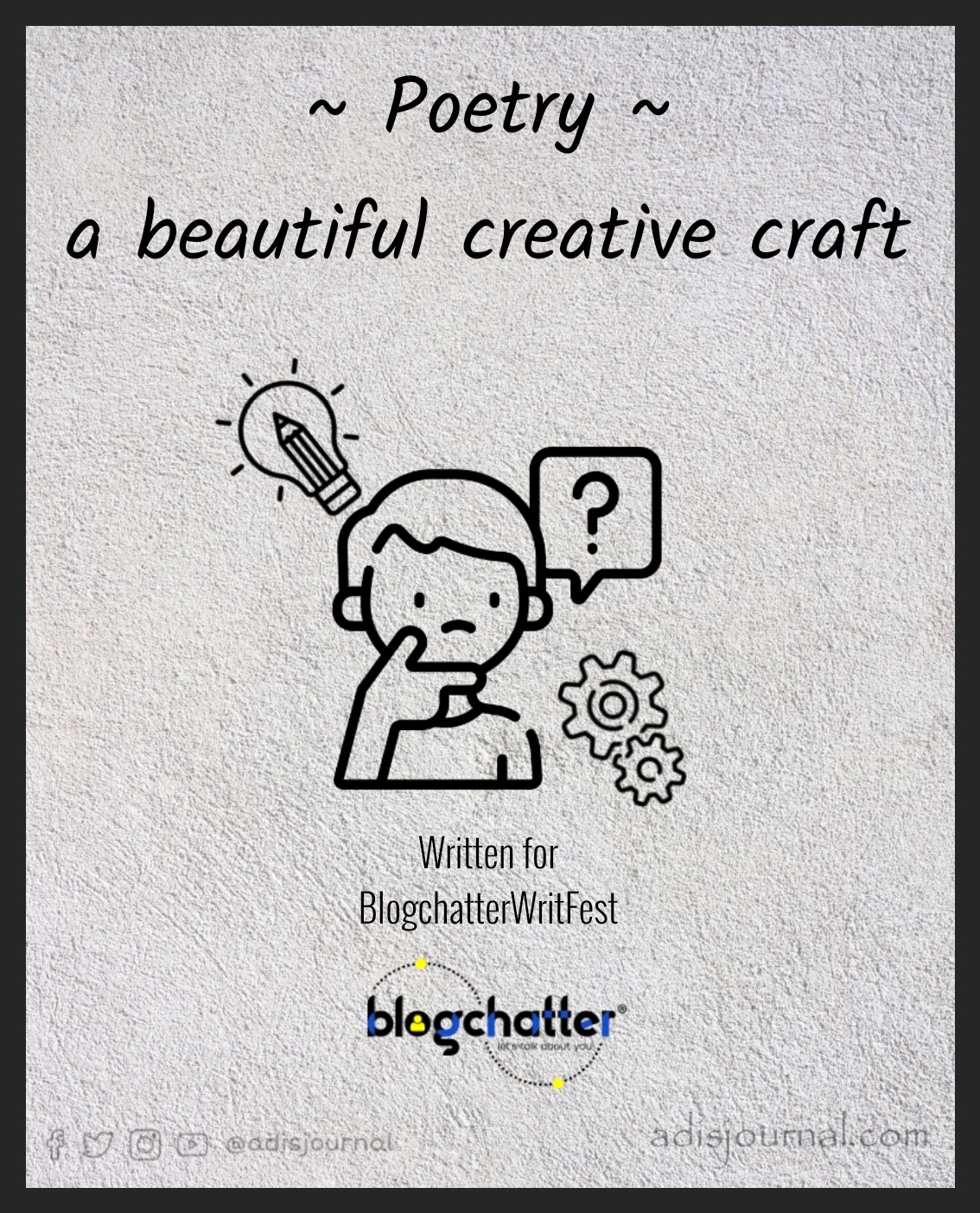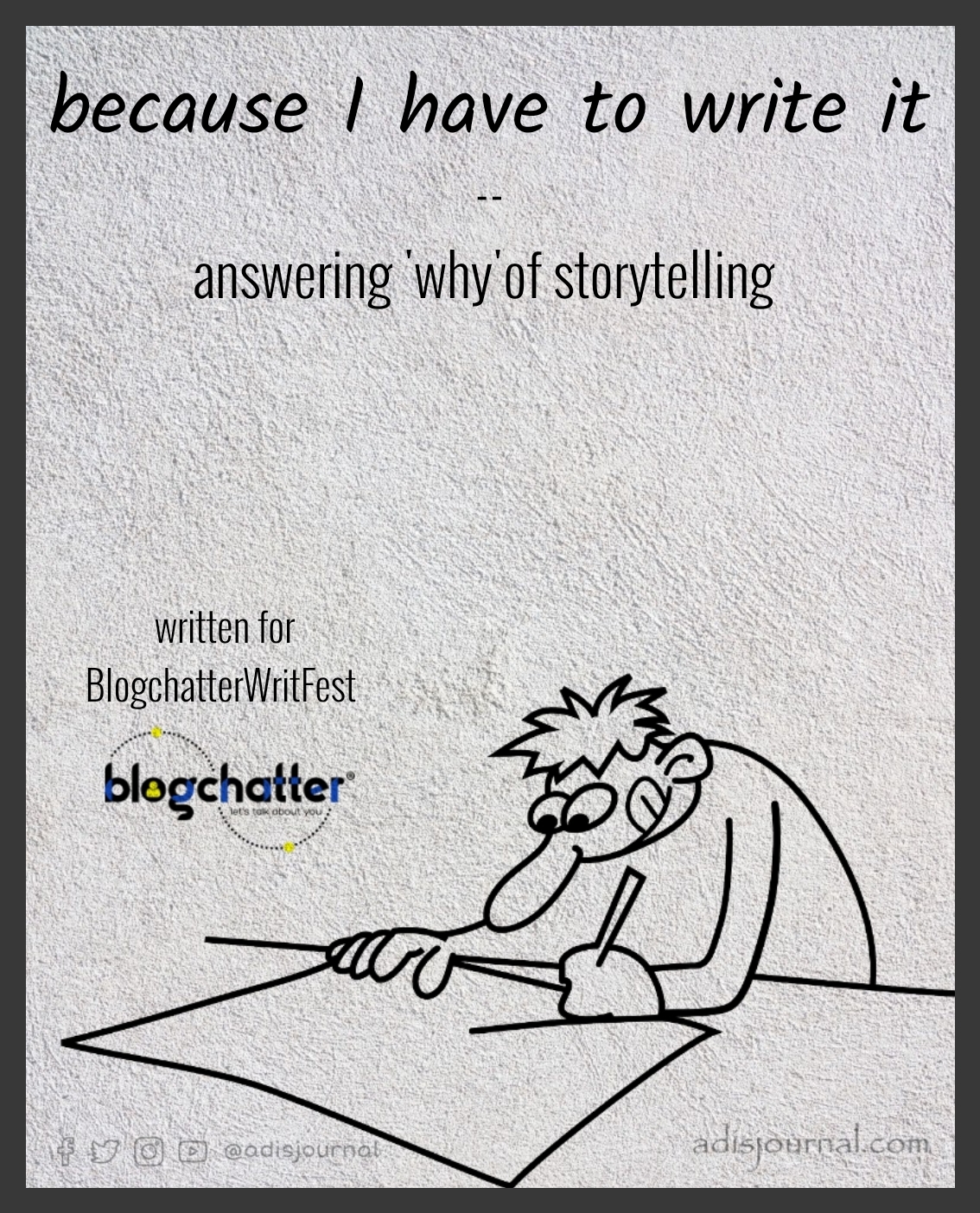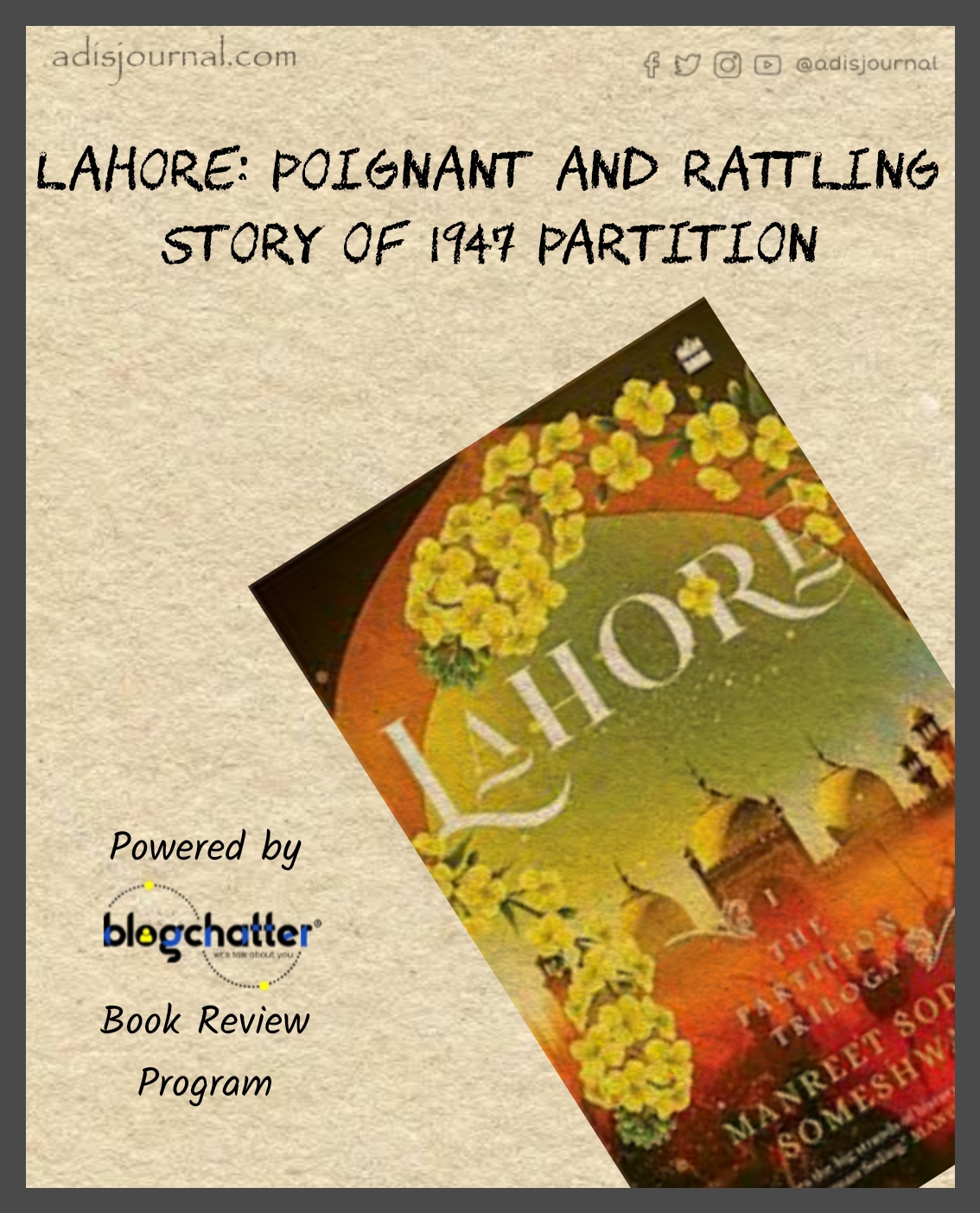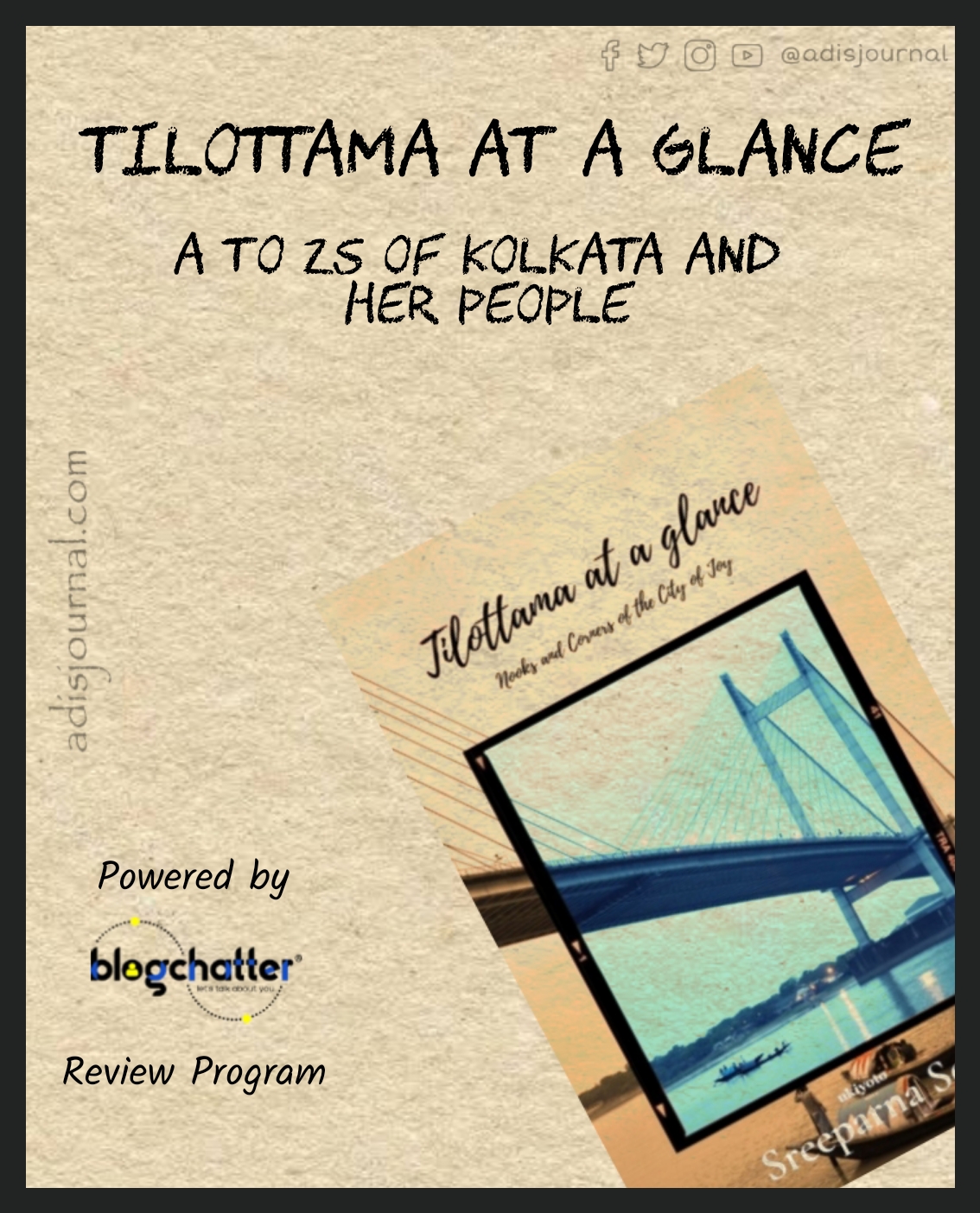
Every poet, writer or storyteller has been asked some typical questions. In my last article, I tried to give my answer for one of them; “Why” of the writing. But for the past week, I have been thinking about a particular duality in the literary realm. Creativity and crafting. It’s another form of a classic dilemma just like “Chicken or the Egg”. The only difference here is that creativity and crafting are not struggling for who came first. They are struggling to maintain their importance or righteousness in poetry.
Let’s begin at the beginning
Creativity and crafting have been two loyal hands for her majesty, the queen Poetry ruling my mind. But her realm is facing an internal turmoil. These two counsel are trying to one up each other. This was triggered during a discussion at an event. Recently at an event of our regular literary meetup called साहित्यकट्टा, we celebrated a fantastic poet Shekhar Damodare from our group and Prose Publications published his poetry collection अक्षरांचे शब्द होता as a surprise to him. During this event, this debate of whether poetry written with pure creativity is the best or the crafting makes it better.



Incidentally, yesterday I got a chance to ask this same question to another accomplished and prolific poetess Sampurna Chattergy during an exclusive author session “Getting Started with Poetry” of BlogchatterWritFest. Her reply on the issue kept the debate going in my mind.
Who’s the champion of the duel?
So, this is how I witnessed this duel. There are purists in poetry too just like every other field. They look highly to a poem born out of the spontaneous bursts of creativity. I have no problem considering so highly of these poems. However the way they look down upon poems which have been edited, rewritten, crafted after the initial creative spontaneity.
On the contrary, there’s one more side on the other end of the extreme. They believe anyone can write a poem, they can teach poetry writing. These people are ignoring the fact that poetry is not just an arrangement of words in a particular order or set pattern. It has to originate from deep within. Poet has to see that poem within his or her mind. It takes some form and comes out on paper. If you ignore this part, all it remains is a mechanical robotic arrangement of words in some order which doesn’t have a soul.
Non-duality of poetry
What I personally believe is the realm of poetry is a true example of non-duality. It has to have both creativity and crafting. You can not craft if there’s no creative basis to polish upon. And you cannot write a complete, structured masterpiece poem purely on creativity (Excluding some exceptions). Meters, formats and forms of poetry demands that poet follow the precise words, syllable counts, and other grammar rules. These forms demand the use of crafting, editing and rewriting.
In a galaxy of Marathi literary legends, Keshavsut, is one name which you can’t miss. We consider him as the originator of modern marathi poetry. Tutari (तुतारी) is one of his most famous poems. He had written and rewritten it several times before it got published in 1893. When such legends are not shunning crafting away, who are we to look down upon? On the other hand, we also should not forget that only crafting will not create a masterpiece like Tutari.
Let’s make a truce between these two hands of the queen Poetry and enjoy the joys of her people. These poems are pure bliss in every form, format and language.
This was a very inspiring session personally for me and I am looking forward to upcoming sessions of BlogchatterWritFest. I have written this post as part of BlogchatterWritFest.











